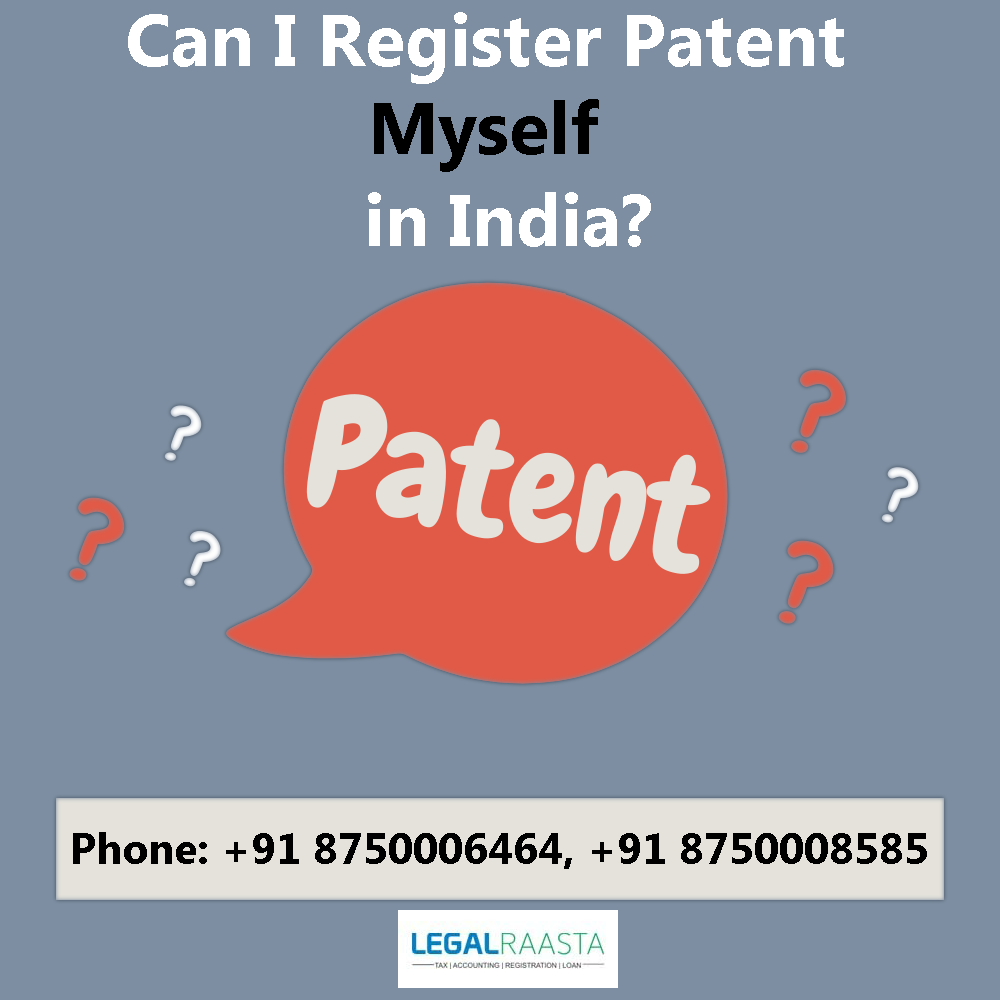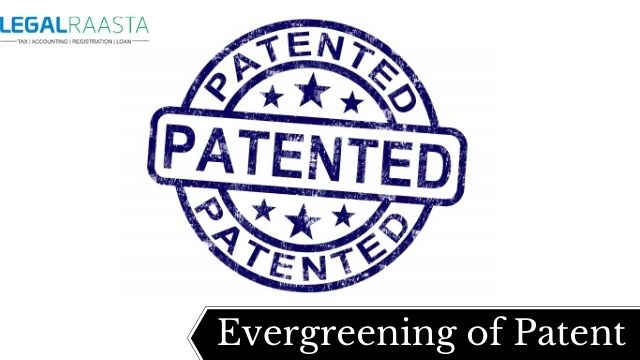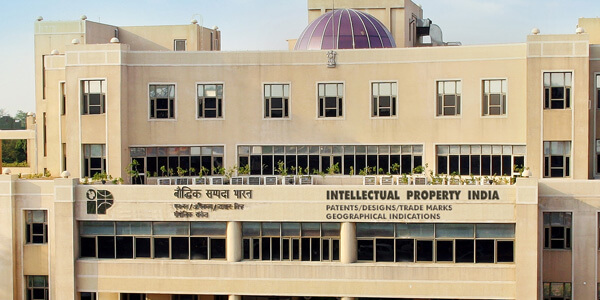Secure Your Brand Name in India Through Patent Registration
New ideas, methods, or scientific discoveries are protected by patents; brands, the logos registration, and slogans are protected by registering your trademarks; and original works of literature are protected by copyrights.
In India, patents rank among the most widely used and important forms of intellectual property protection. These are employed in a variety of sectors to safeguard recently developed products. Inventors must, however, go through an online Patent Search process as the first step in the Patent Registration process in order to properly enforce the protection. A specific invention's patentability is assessed using Patent Search in accordance with the guidelines stipulated by the Indian Acts of Patent in 1970.
It is crucial to carry out patent searches in India because it helps companies and investors evaluate the originality of their ideas and locate previous patents. A comprehensive patent search assists in assessing the likelihood that a patent application will be accepted by locating related patents or published applications. In addition to saving time and money, this reduces the possibility of violating already-filed patents, opening the door for stronger patent applications and, eventually, the protection of the inventor's priceless intellectual property rights.
Companies are fighting more and more for consumers' attention since a brand's identity and distinctiveness are invaluable. It is the first line of defense for your company against abuse or duplication. A few benefits of registering your trademark are increased brand recognition and legal protection. To help you easily manage the trademark registration procedure, we provide comprehensive guidance and support for these.
In India, what is a patent search?
In India, a patent search is a methodical and thorough research carried out to find published patent applications, current patents, and other publicly accessible technical materials that are pertinent to a certain innovation. Before submitting a patent application, this search is meant to ascertain the invention's novelty and obtain a patent. Finding previous art, or any technology or knowledge that may have an impact on an invention's possibility of patentability is the goal of an Indian patent search. The search results aid in the understanding of the current state of prior art and assist companies and inventors in making well-informed judgments about pursuing patent protection.
Read Also This - How to File a Patent in India
Types of Indian patent search
To investigate many facets of an invention's patentability and legal status, searches for Indian patents are done. It is possible to conduct several kinds of patent searches, depending on the goal of the search. The main categories of frequently performed patent searches in India are shown below:
- Search for validity and invalidity: To identify skipped prior arts and declare a patent invalid, an invalidate search must be performed. This is typically carried out in patent infringement lawsuits when a product is accused of violating a patent. If any previous art can be cited, the product owner may declare the patent invalid in a counterclaim for infringement. The patent office usually grants a patent to an invention after searching for and assessing its novelty, which is the rationale behind the invalidity search. Examiners may, however, exclude certain prior arts that may be essential to finding a claim invalid in the course of their investigation. The goal of the invalidity search is to locate these overlooked previous arts and establish the invalidity of a patent that alleges infringement. In contrast, the validity search is carried out to ascertain the validity and trademark registration status of a patent. A search of this kind must be done before purchasing a license through a patent holder.
- FTO or, freedom to operate a search: To identify the enforceable patents that a product that is going to be marketed may infringe upon, the Freedom to Operate search, or FTO, is carried out. The freedom for operating search is jurisdiction-based, and only currently enforceable patents are taken into account. These searches are typically carried out to ascertain the likelihood of infringement that a product may have if it is introduced to the market in a certain country. As a result, other names for these searches are clearance searches and infringement searches.
- State-of-the-art search: A state-of-the-art search is carried out to identify prospective rivals and solutions that may already exist in a certain technological field. Few patents that are representative of a branch of technology are often selected at random. The goal of the state-of-the-art search is to identify the gaps in the current players' coverage and to more effectively plan initiatives to conduct research and development.
Read Also This - How do I Register a New Patent
Mandatory licensing for patents
According to section 84 of a Indian Patent Act, which is 1970, any interested party or patent license holder may apply to the Controllers for the granting of a compulsory license for the following reasons three years after the patent is granted:
- That the public's reasonable requirement has not been met.
- The public cannot purchase the patented invention at a fair price.
- India's territory does not employ the patented invention.
The Indian government will, under certain conditions, award a candidate or a third party a compulsory license to manufacture, use, and market an invention with a patent without the patentee's consent. The grounds have already been discussed. The main goal behind adopting the provision of mandatory licensing was to:
- Create a monopoly to stop patent exploitation.
- To solve India's public health issues.
- To utilize the patented innovation through profitable application.
Requirements for Patent Registration
- Novelty: Fresh and inventive; initially revealed to the public.
- Innovative Step: State-of-the-art technological developments that are not widely known
- Industrial Applicability: The ability to be produced in an industrial setting and have a practical use.
- Not Prohibited by the Patent Act's Sections 3 and 4: To be patentable, anything has to be eligible legally.
Indian Process for Filing a Patent
There are a few easy steps in the patent application process. Prior to filing, you must choose which application to submit. Next, go to the IP India website to start the application procedure. Recall that your application's documents were the most important component and will determine its outcome.
Choose the Application for Patent: You can start the Indian patent filing process if you're sure your product satisfies all the standards for patent registration. Selecting the application type to submit to start the patent application process is the first step. You are presented with two possibilities.
- Provisional Application, which expires after a year of patent protection.
- Final Application, offering 20 years of uninterrupted patent protection.
Step 1: Perform a patent search
After determining which application to submit, you can go to the following step of the Indian patent filing process, which is the Patent Search. A patent search is done to see if any related inventions have already been patented or are in the general public domain. This is to guarantee that the product that is being applied for patent registration is completely new and not available to the general public. You are ready to go to the next stage if the results of your search are clear.
Step 2: Filing a Patent Application
Form-1 must be filed and submitted along with the specification of Patent on Form-2 as part of the patent application process. At this point, you might need further documents, which we will talk about later. Recall that you have a year to replace a provisional application with a complete one if you have already filed one.
Step 3: Drafting a patent specification
The process of preparing a patent specifications, a comprehensive document including details on the invented product, is the next stage in the filing procedure for a patent. It is submitted with an application to guarantee complete information disclosure to the patent registrar. Legal Raasta experienced legal professionals / trademark attorneys assist you in creating precise and thorough patent requirements. Raise your query if you are required to know more!
Step 4: Publication of the Patent
The next step is for the application to be published in the Patents Journal. It is completed eighteen months following the application date and marks the first instance in which the invention enters the public domain.
Step 5: Make an inquiry about a patent examination
The request is made for a patent examination within 48 months following filing. An examiner is tasked with reviewing the application's details and objecting to any inconsistencies discovered. Should objections be made, the applicant has a year to respond. To resolve objections, show-cause hearings may be held if the responses are deemed insufficient.
Step 6: Patent is granted
The Registrar won't think about awarding the inventor patent rights for twenty years from the date of application until all objections have been resolved.
List of Documents Needed to File an Application for Patent
- Form of Application (Form-1): Request for Registration of a Patent.
- Complete/Provisional Specification: thorough explanation of the product's attributes, capabilities, and features.
- Synopsis of the Innovation: a succinct explanation of the innovation.
- Trademark Attorney in fact: Permission to the individual or organization submitting the application.
- Declaration and Promise (Form 3): A statement on the veracity of the data and the rights of the inventor.
- Document of Priority (if relevant): Proof of priority claims.
- Evidence of Eligibility to File: The innovator is not the required applicant.
- Fee Payment Acknowledgment: Proof that the required fees of patent registration have been paid.
- Form 28: Necessary if the applicant wants to claim a fee refund for being a recognized startup or MSME.










